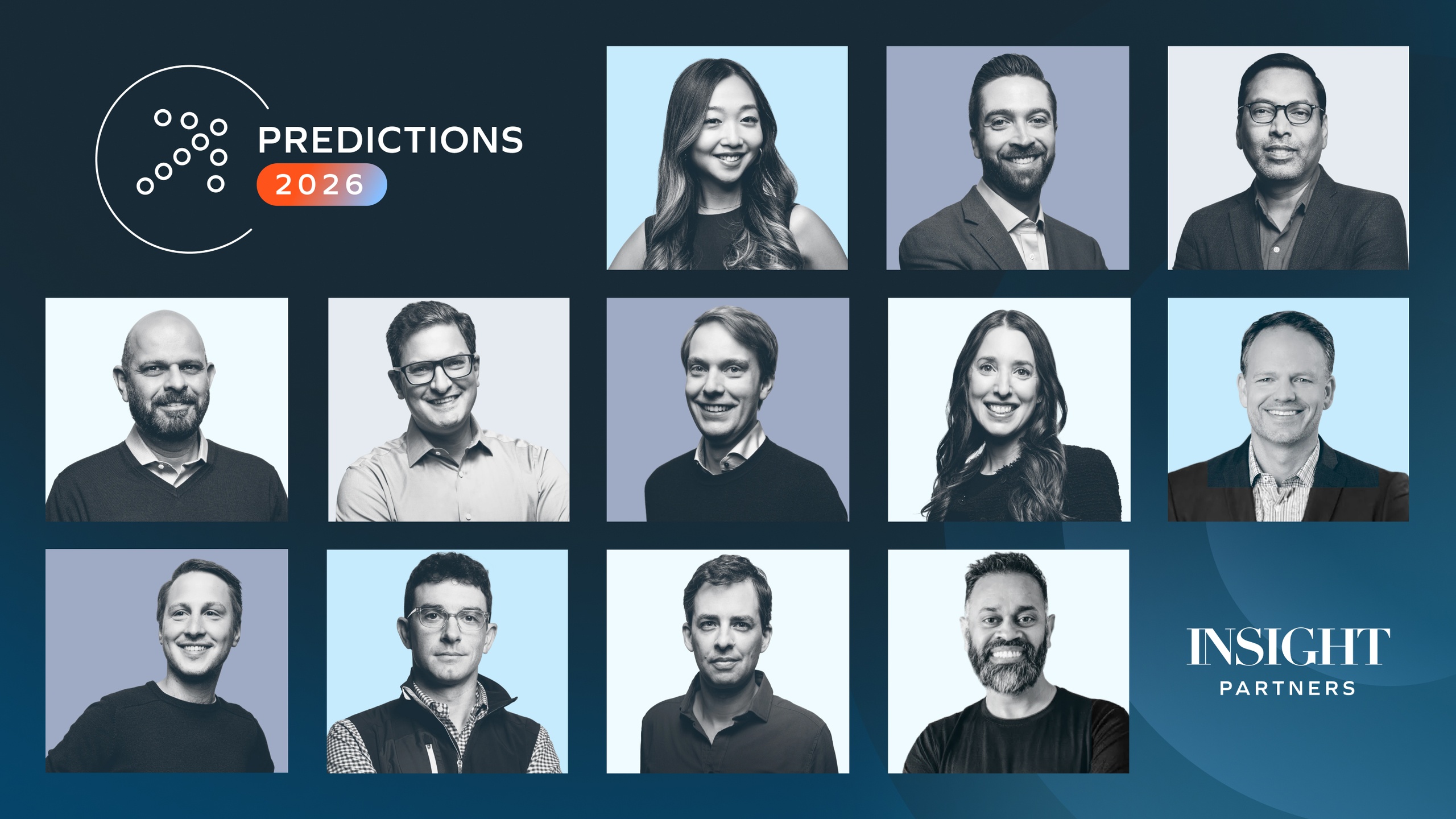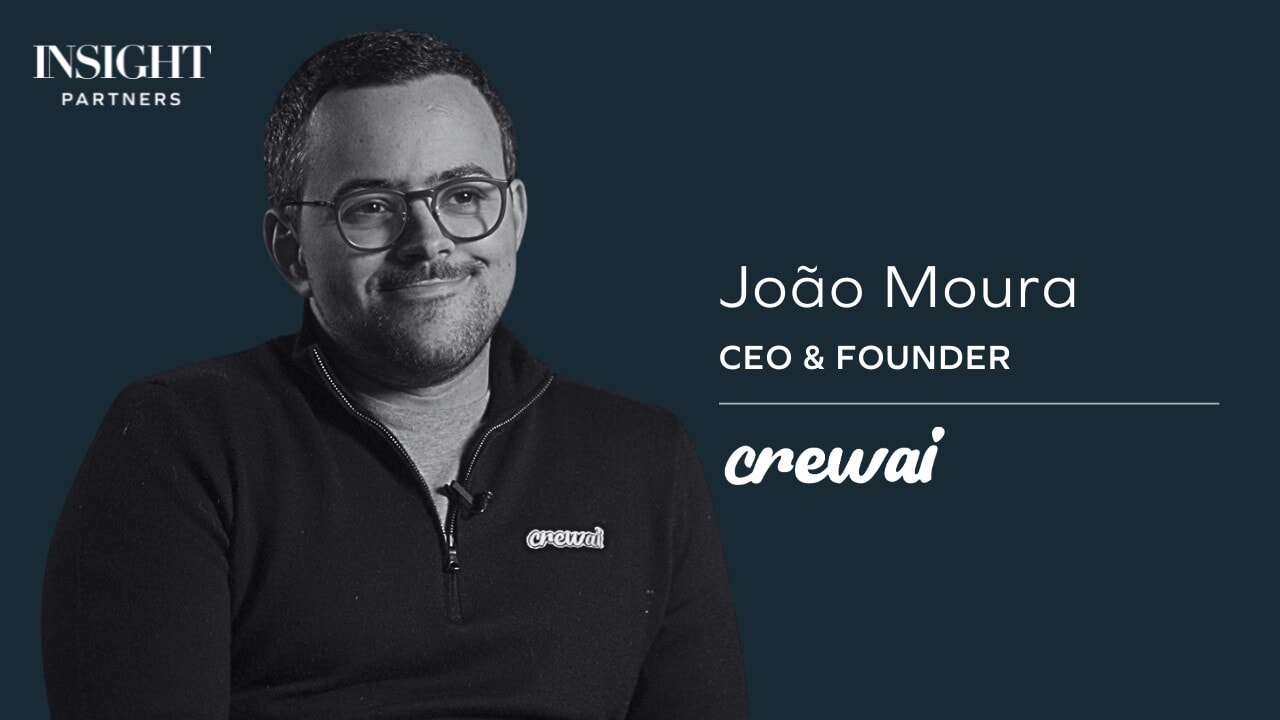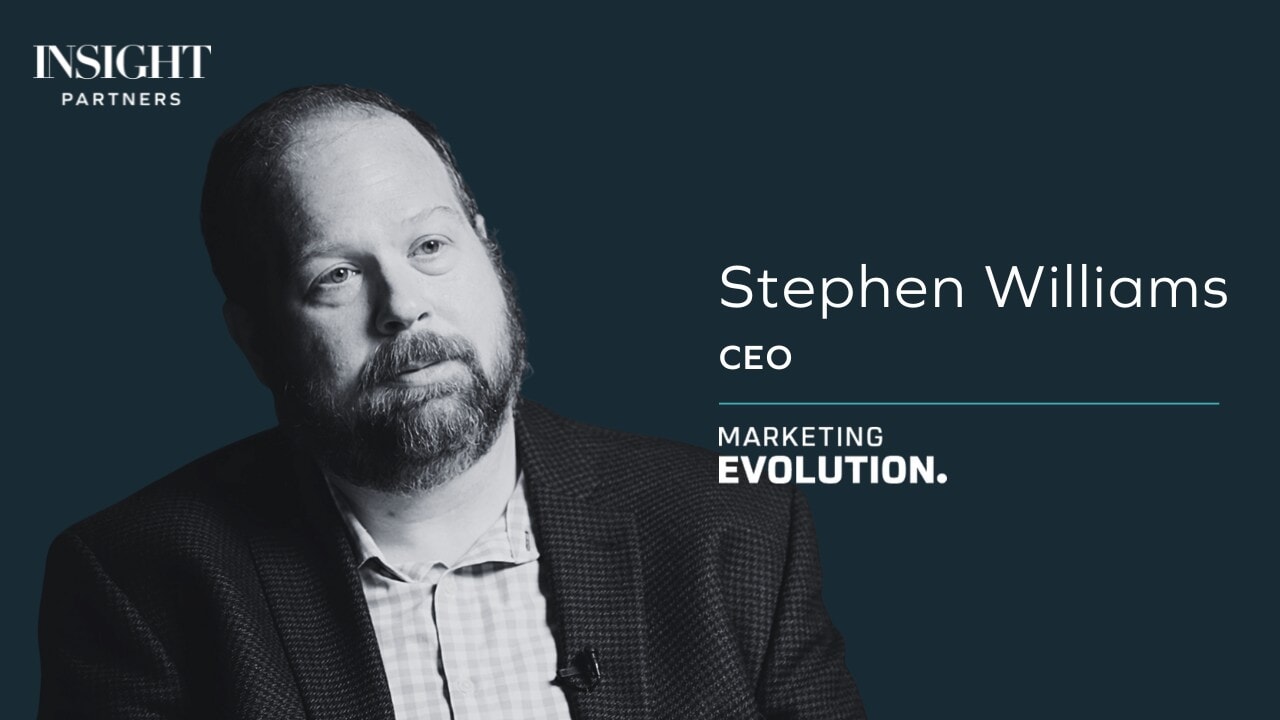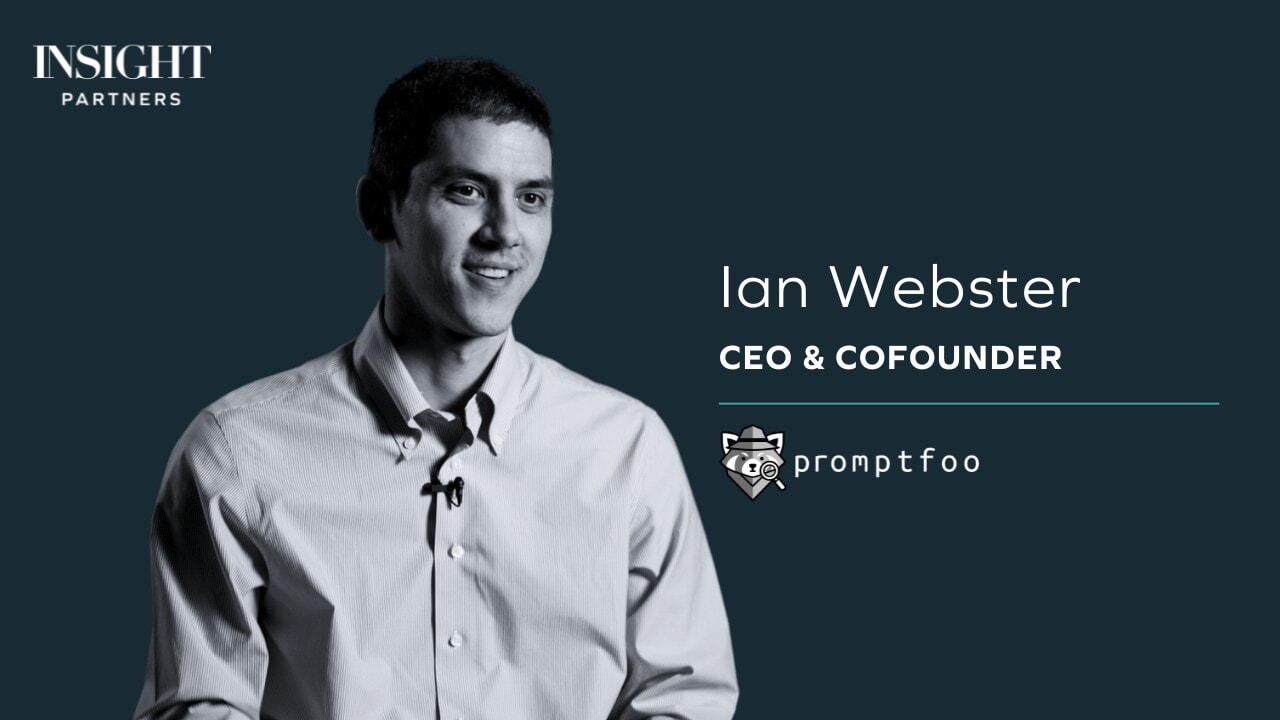Digital health for aging is not a niche market. While historically, venture dollars have supported tech-enabled services for aging populations, we believe software will be at the core of delivering healthcare solutions in the home for what is now the fastest-growing demographic in the US. But software must be done right: technology and AI delivered without empathy for the patient and caregiver creates more complexity. When executed correctly, technology should behave like magic because it does a seamless job of understanding its role in enabling aging-in-place.
We at Insight expect an entirely new wave of technologies, founders, and business models to drive software-centric solutions that impact aging at scale.
“Age-Tech” is not a niche market
The world is experiencing the steepest demographic growth trajectory in history. The number of people over the age of 80 globally is expected to triple between 2020 and 2050. In the US alone, there will be 80 million Americans over 65 by 2040. As the aging population grows, their preferences are changing, with 90% of Americans wanting to age at home or with loved ones rather than being sent to nursing homes. They want independence, but with support and community, and are willing to adopt modern products to meet their health needs.
While aging populations have increased, so has caregiver burnout. A record 42 million Americans are caregivers for an aging parent, spouse, or individual, with this number expected to grow by almost 50% between now and 2040. Interestingly, caregivers are more technologically savvy than the general population, even when controlling for factors such as age, educational level, and other demographic factors.
Despite this growing demand, private payers have been slow to adapt. The fragmented nature of provider networks offering non-medical aging-in-place initiatives, long-term care insurance (LTCI), and Medicare Advantage have struggled to build and aggregate a nationwide network of aging-in-place providers. These outdated systems drive a lack of visibility in care quality, hampering satisfaction and resulting in fraud and inaccuracy of billings delivered on behalf of the care networks.
For the past decade, aging in place has seen significant innovation
Many have stepped up to these challenges. Signify, Oak Street, Iora, Concerto, Dispatch, and Navi among others have successfully demonstrated the power of reimagining service-based care. However, these models are slower to scale and limited in reach. The light infrastructure is ultimately incremental in impact and cost, exacerbated by the shift to Medicare Advantage and the zero-sum of risk-adjusted coding. And while topline value creation is high and M&A activity is strong, the underlying opportunity is predicated more on market share and strategic “bundling” rather than scale that changes quality and costs.
Tech has met certain demands, but the assumption is innovation requires services
Finding safe and cost-effective care is crucial. Platforms like Honor and A Place for Mom* help patients and families find trustworthy care providers, ensuring quality. The same holds true in accessing high-quality primary and clinical care from the home. Companies like TytoCare* and Hinge Health* have leveraged technology to provide remote health, enabling physicians to monitor and provide care to patients from the comfort of their homes, which is particularly helpful for seniors and people with disabilities. Tech-enabled services like Unobravo*, Alma*, and Calm* have also made mental health resources more accessible, especially those in need of remote support. In a similar vein, WellSky and PointClickCare provide operating systems for home healthcare providers, helping streamline operations, strengthen communication, and enhance patient outcomes while improving their bottom line.
Room to grow: Future of aging relies on purposeful software
While aging-in-place innovation has historically over-indexed on services, we think the next decade is when software fundamentally “unlocks” better care at lower costs, at scale. Here are a few categories we’re excited about.
Software operating systems that orchestrate higher-quality services
Provider ability to deliver quality services is systematically difficult to monitor. Most providers are small, and partner with other providers to meet the full spectrum of their client needs. As a result, records and observations about an individual’s well-being may be fragmented across multiple organizations, and most care ends up being reactive rather than proactive.
Private insurers are looking for ways to capture growing demand in a way that ensures high satisfaction and utilization of services, enables attractive profits at scale, and allows them to remain competitive. This is where software steps in: advances in digital and clinical technology make possible the predictive analytics, patient safety monitoring, and asynchronous or virtual engagements that are core to achieving quality outcomes. This enables providers to offer comprehensive caregiving, blending different services together, and move away from fee-for service constraints. Early examples of software enabling these outcomes include Dina, Sensi.Ai, Renee, Birdie, Perry and August.
Software that turns family or in-home caregivers into superheroes
Seniors often require help with daily tasks, leading to a growing need for professional caregiving and enabled family caregivers. With the rise of chronic conditions and the need for ongoing medical attention, seniors are looking for ways to receive care in their homes.
Software answers this need by providing caregivers, area/state agencies on aging, and community-based organizations with tools to manage medications, track appointments, and communicate with healthcare professionals. This reduces stress and improves the quality of life for both caregivers and seniors. Look to Ianacare, Helper Bees, Cariloop, Jukebox, Mon Ami, and HomeThrive for examples of companies that are already leading the way here.
Adopting managed care principles
LTCI has historically lacked innovation and is looking to adopt managed care principles to reduce claims spending and expand services offerings. Using platforms that provide real-time data and analytics, insurers can identify and prioritize high-performing providers. Software can also improve care coordination by providing real-time communication between providers, tracking and monitoring patient progress, and identifying areas for cost savings, such as by shifting care to lower-cost facilities or exploring new service offerings. Companies like Trusty.care, AssuredAllies and Clarent are making progress on this front. This can lead to more personalized and cost-effective care, improving both patient outcomes and insurer profitability.
Mental and behavioral health
As people age, they often lose their ability to participate in daily activities and become more socially isolated, leading to a decline in mental health. Related but distinct, memory care and cognitive decline are becoming increasingly prevalent — dementia is one of the most common and debilitating health issues among older adults, and the number of individuals living with Alzheimer’s is expected to triple by 2050.
To help ease the effects of cognitive disease, software can provide seniors with access to online communities, social networking tools, and virtual events. This includes new forms of mental healthcare support in addition to systems specific to cognitive and memory decline. Software-enabled solutions like Altoida, BrainCheck, Neurotrack, Duos, MyndYou, and Hank can help track and monitor isolation and degenerative states.
These areas represent just a fraction of the opportunity to improve healthcare quality and outcomes for all. As leading growth software investors, we at Insight are eager to invest and partner with leaders in healthcare that are excited to scale.
Get in touch with us: sbarclay@insightpartners.com, alundin@insightpartners.com, smohammadzadeh@insightpartners.com
*Insight Partners is an investor.








